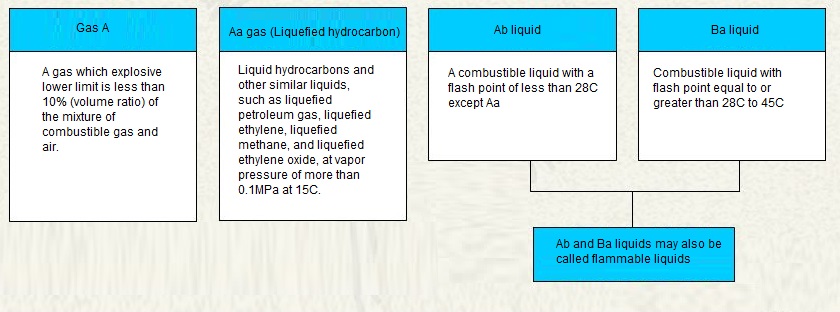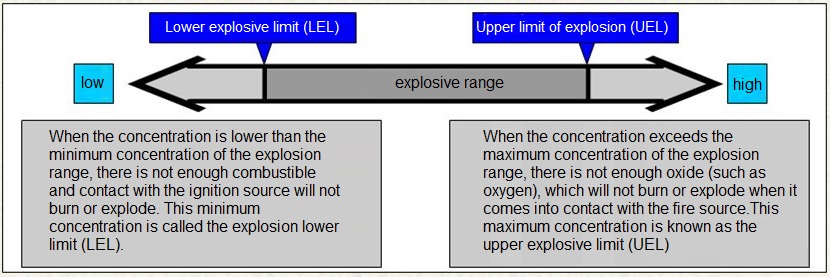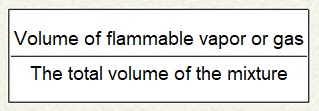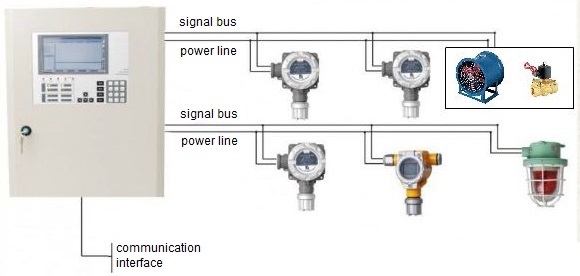Combustible gas refers to a gas that can ignite or explode when exposed to fire, heat or oxidant. It usually includes the combustible gases formed after gasification of class A combustible liquids and Class A (Aa, Ab) and Ba as shown in table below.

The combustible gas detection and alarm system referred to in the code of fire prevention for building design is not only combustible gas, but also combustible vapor or dust. In combustible gas detection and alarm system, explosion lower limit (LEL) is the main technical parameter, that is, explosion concentration lower limit.We should first understand the range of explosion concentration.
The range of concentration (volume ratio) within which a mixture of flammable vapors, gases, or dust and air can explode in contact with a ignition source is called the explosive range.
Each combustible material in the air explosion range has a certain value, lower or higher than the concentration of this range will not ignite.

Therefore, the lower explosive limit (LEL) refers to the lower explosive concentration value (V%) of combustible gas.The minimum concentration at which a mixture of flammable vapors, gases, or dust and air will explode when exposed to a fire.
That is: 
Generally speaking, the alarm value of combustible gas concentration detection and alarm device is 25% or lower than the lower limit of the flammable gas explosion.
Combustible gas alarm value = lower limit of explosion (LEL) x 25%
Lower explosive limit of combustible gas
